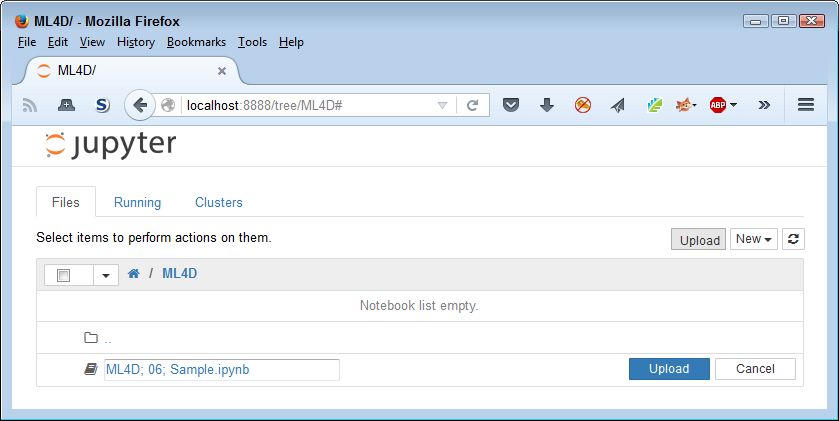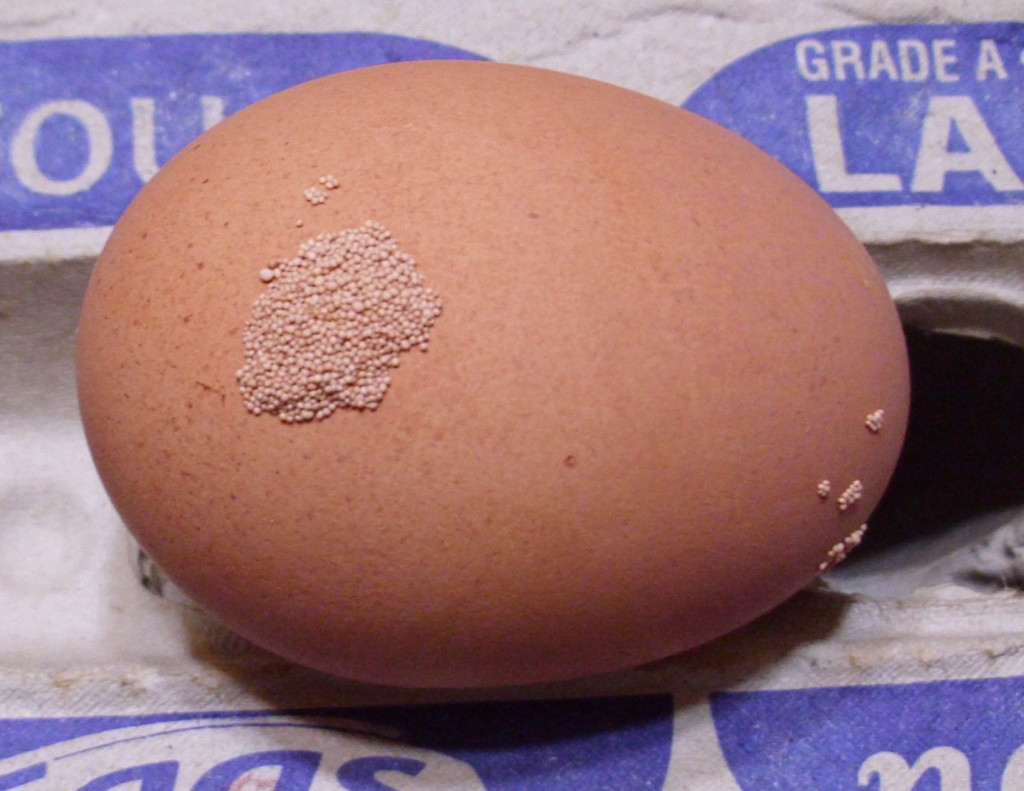Python for Data Science for Dummies contains two errors on page 145. The first error appears in the second paragraph on that page. You can safely disregard the sentence that reads, “The use_idf controls the use of inverse-document-frequency reweighting, which is turned off in this case.” The code doesn’t contain a reference to the use_idf parameter. However, you can read about it on the Scikit-Learn site. This parameter defaults to being turned on, which is how it’s used for the example.
The second error is also in the second paragraph. The discussion references the tf_transformer.transform() method call. The actual method call is tfidf.transform(), which does appear in the sample code. The discussion about how the method works is correct, just the name of the object is wrong.
Please let me know if you have any questions about either of these changes at [email protected]. I’m sorry about any errors that appear in the book and appreciate the readers who have pointed them out.


